Step 1 – Dependencies
Make sure you have Java EE, a compatible version of JDK and Docker installed.
If you don’t have Java EE installed, or if you have OpenJDK , you can use the Java EE jar file downloaded from this link
Step 2 – Compile source code
Let’s use the Java source code from this link and compile it using
javac -cp .:<path to javaee jar> -target 1.7 -source 1.7 TestingServlet.java
Enter fullscreen mode Exit fullscreen mode
If you’re using windows, you have to use
;instead of:in classpath
The-targetis the version number of the runtime environment of tomcat. Similarly for-source
Step 3 – Environment Setup
Let’s use the Dockerfile from here and let’s add some stuff.
FROM tomcat:8.0-alpine
LABEL maintainer="deepak@softwareyoga.com"
COPY ./web.xml /usr/local/tomcat/webapps/ROOT/WEB-INF
COPY ./TestingServlet.class /usr/local/tomcat/webapps/ROOT/WEB-INF/classes/TestingServlet.class
COPY ./tomcat-users.xml /usr/local/tomcat/conf/tomcat-users.xml
EXPOSE 8080
CMD ["catalina.sh", "run"]
Enter fullscreen mode Exit fullscreen mode
We define
web.xmlandtomcat-users.xmllater. The fileTestingServlet.classis important and we’ll remember the name for later.
Step 4 – Configuration
Let’s define web.xml as follows:
<?xml version="1.0" encoding="ISO-8859-1"?>
<!-- Licensed to the Apache Software Foundation (ASF) under one or more contributor license agreements. See the NOTICE file distributed with this work for additional information regarding copyright ownership. The ASF licenses this file to You under the Apache License, Version 2.0 (the "License"); you may not use this file except in compliance with the License. You may obtain a copy of the License at http://www.apache.org/licenses/LICENSE-2.0 Unless required by applicable law or agreed to in writing, software distributed under the License is distributed on an "AS IS" BASIS, WITHOUT WARRANTIES OR CONDITIONS OF ANY KIND, either express or implied. See the License for the specific language governing permissions and limitations under the License. -->
<web-app xmlns="http://xmlns.jcp.org/xml/ns/javaee"
xmlns:xsi="http://www.w3.org/2001/XMLSchema-instance"
xsi:schemaLocation="http://xmlns.jcp.org/xml/ns/javaee http://xmlns.jcp.org/xml/ns/javaee/web-app_3_1.xsd"
version="3.1"
metadata-complete="true">
<display-name>Welcome to Tomcat</display-name>
<description>
Welcome to Tomcat
</description>
<servlet>
<servlet-name>Testing</servlet-name>
<servlet-class>TestingServlet </servlet-class>
</servlet>
<servlet-mapping>
<servlet-name>Testing</servlet-name>
<url-pattern>/servlet/TestingServlet</url-pattern>
</servlet-mapping>
</web-app>
Enter fullscreen mode Exit fullscreen mode
servlet-classis the name of the.classfile andurl-patternis theHTTPurl you want to access it by.
Let’s define tomcat-users.xml as follows:
<?xml version='1.0' encoding='utf-8'?>
<!-- Licensed to the Apache Software Foundation (ASF) under one or more contributor license agreements. See the NOTICE file distributed with this work for additional information regarding copyright ownership. The ASF licenses this file to You under the Apache License, Version 2.0 (the "License"); you may not use this file except in compliance with the License. You may obtain a copy of the License at http://www.apache.org/licenses/LICENSE-2.0 Unless required by applicable law or agreed to in writing, software distributed under the License is distributed on an "AS IS" BASIS, WITHOUT WARRANTIES OR CONDITIONS OF ANY KIND, either express or implied. See the License for the specific language governing permissions and limitations under the License. -->
<tomcat-users xmlns="http://tomcat.apache.org/xml"
xmlns:xsi="http://www.w3.org/2001/XMLSchema-instance"
xsi:schemaLocation="http://tomcat.apache.org/xml tomcat-users.xsd"
version="1.0">
<!-- NOTE: By default, no user is included in the "manager-gui" role required to operate the "/manager/html" web application. If you wish to use this app, you must define such a user - the username and password are arbitrary. It is strongly recommended that you do NOT use one of the users in the commented out section below since they are intended for use with the examples web application. -->
<!-- NOTE: The sample user and role entries below are intended for use with the examples web application. They are wrapped in a comment and thus are ignored when reading this file. If you wish to configure these users for use with the examples web application, do not forget to remove the <!.. ..> that surrounds them. You will also need to set the passwords to something appropriate. -->
<role rolename="manager"/>
<role rolename="manager-gui"/>
<user username="admin" password="admin" roles="manager-gui"/>
</tomcat-users>
Enter fullscreen mode Exit fullscreen mode
Apache Tomcat defines a list of roles here
Step 5 – Deployment
Let’s build the Docker image
docker build -t tomcat .
Enter fullscreen mode Exit fullscreen mode
And run it with
docker run -d -p 8080:8080 --name tomcat tomcat
Enter fullscreen mode Exit fullscreen mode
Apache Tomcat runs on port
8080in the container
You can now visit http://localhost:8080/servlet/TestingServlet and see the following message

Step 6 – Debugging
If you see an error like this
![图片[1]-Dockerize Apache Tomcat Servlets - 拾光赋-拾光赋](https://media2.dev.to/dynamic/image/width=800%2Cheight=%2Cfit=scale-down%2Cgravity=auto%2Cformat=auto/https%3A%2F%2Fdev-to-uploads.s3.amazonaws.com%2Fuploads%2Farticles%2Ftcqmir1sdr65blvdifdy.png)
It means that you have to select a differente target and source version, either higher or lower depending on the version of the target runtime. You can check the Java Runtime version through the Tomcat UI at the bottom of the page

Alternatively, you can run bash version.sh in /usr/local/tomcat/bin when inside the running Docker container
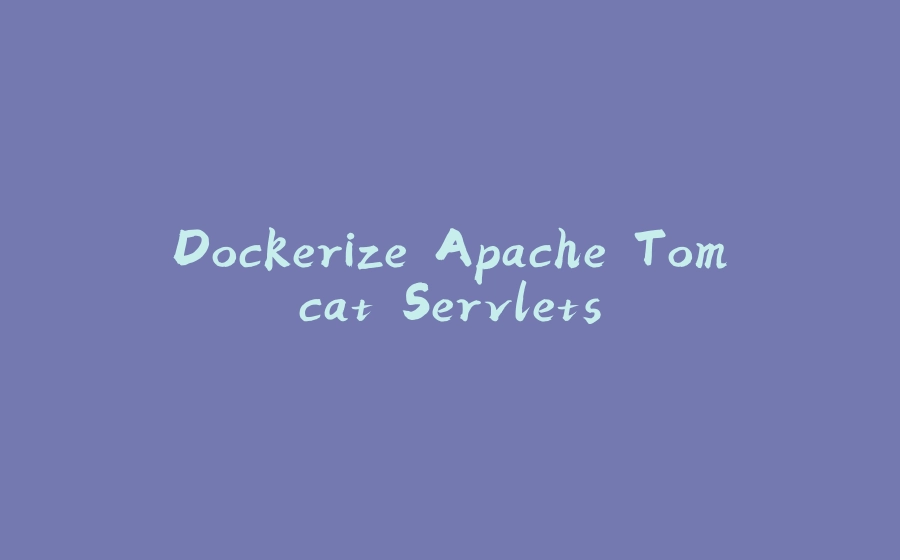

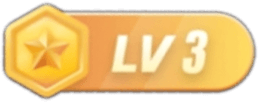

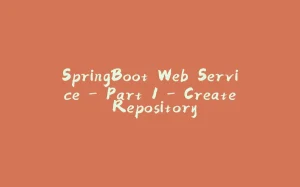
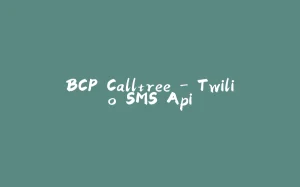
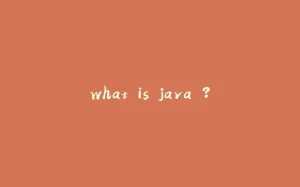
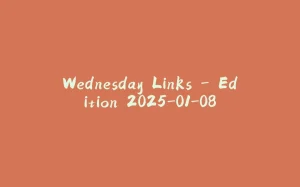
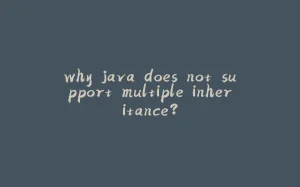
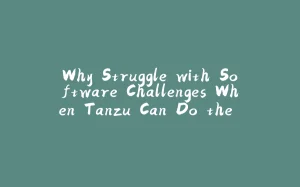
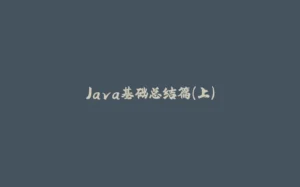
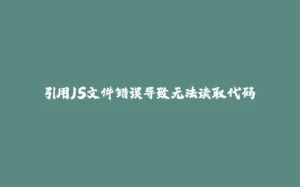
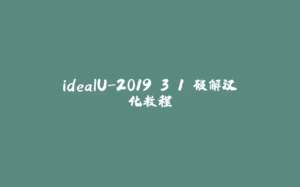
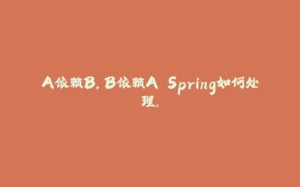
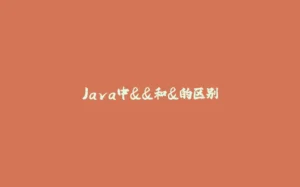
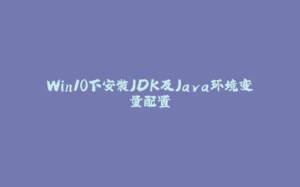
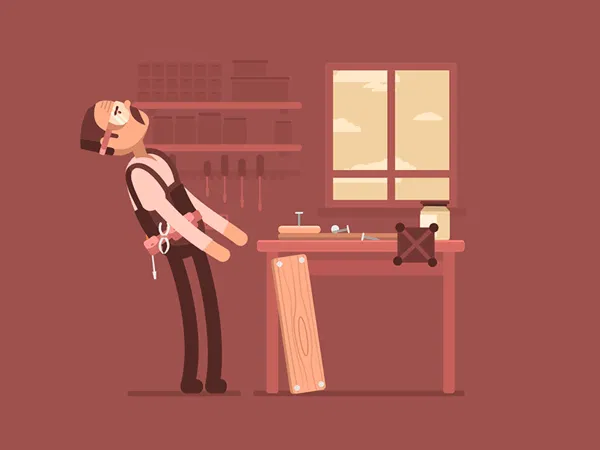
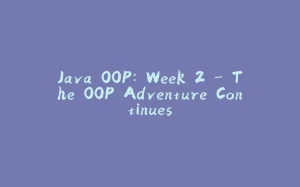





暂无评论内容